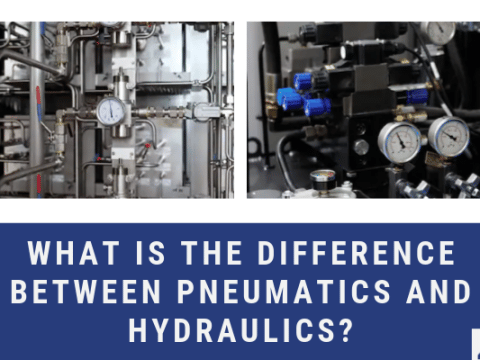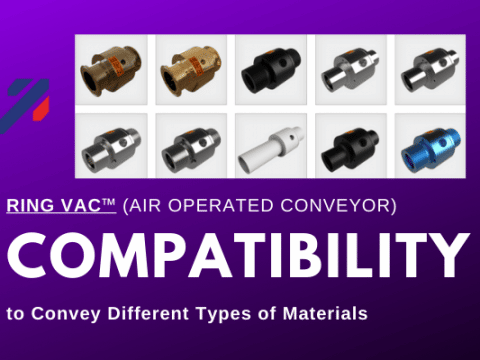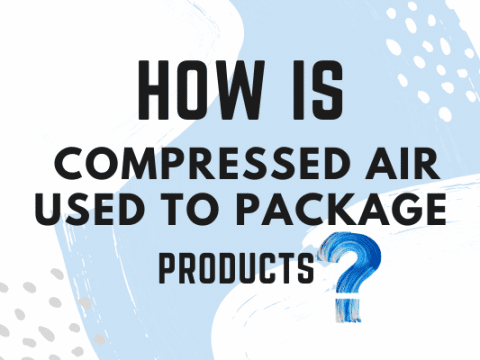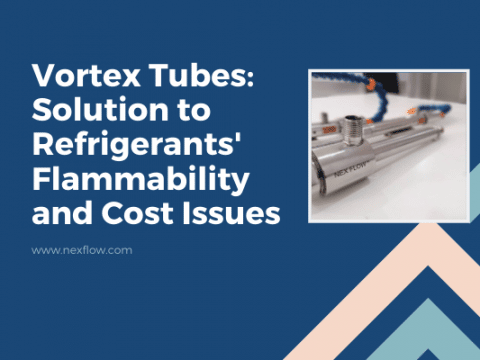
How do mufflers work and how often should you change your muffler
Compressed air exhaust can be quite noisy. Nex Flow’s air amplification technology is used to reduce the noise in all sorts of blow off, cooling and drying applications by converting the energy wasted as noise and pressure drop into useful flow and force.
But there are other applications where sound reduction is important as well.
Reclassifying Mufflers
Ports on cylinders, valves and other air operated equipment for exhaust noise exhaust air and this exhausting air can be noisy. Normally mufflers are added to these ports to reduce the exhaust noise. Different units exist to reduce this noise – sintered bronze or sintered plastic mufflers are common. These mufflers should have minimal back pressure so it does not negatively affect the operation of the cylinder, valve or part. They are sized to be able to pass through a certain amount of exhaust air. The sintered mesh design attenuates the exhaust air noise to reduce the noise level as the air leaves the unit. A visual check can determine if the muffler needs replacement but usually a replacement schedule is set up depending on the history of the plant operation.

Reclassifying mufflers offer greater noise reduction than sintered bronze or sintered plastic units (up to 35 dBA noise reduction). They are also designed to eliminate the oil mist that is often in compressed air used by cylinders and valves for lubrication. The exhaust air leaving cylinders and valves can pollute the working environment with oil mist that can adversely impact the health of the factory personnel. In the USA, OSHA Standard 29 CFR 1910.10 states that a factory employee’s cumulative exposure to oil mist must not exceed 4.32 PPM (parts per million) in any given eight hour shift in a 40 hour week. Similar standards limiting oil mist exposure exists in other countries.
The reclassifying muffler supplied by Nex Flow Air Products Corp. is a patented wrap design for the removable filter element that separates and removes the oil from the exhausted air existing the cylinder, valve or other machine part so that no oil is released into the factory environment. For example, if the exhaust air contains 50 PPM of oil mist at 100 psig, the reclassifying muffler will reduce the oil mist entering the plant atmosphere to 0.015 PPM. The reclassifying muffler incorporates a reservoir to collect the removed oil which can be drained by attaching a ¼” drain line. Then the recovered oil can be properly disposed of. Replacement filter elements should be changed on a scheduled maintenance program depending on plant history.
As with other types of mufflers describe earlier, the reclassifying muffler is designed to pass a certain volume of exhaust air with minimal back pressure to avoid interfering with the operation of the cylinder, valve or machine part. When used on cylinders, refer to this chart for easy selection based on the bore and stroke of a cylinder.
Noise is also generated when using venturi systems like the Ring Vac. Here the muffling has to be accomplished using vacuum hose attached at “each end” of the unit. Any muffling device used in line will cause too much back pressure and make the use of the product ineffective. However, the hose itself can be quite effective in reducing the noise generated by the action of the product.
One compressed air technology that can be quite noisy used alone is the vortex tube. When using vortex tubes, the air must be properly filtered to avoid oil and dirt building up inside the unit so some effective means of oil mist removal is required in their muffling.
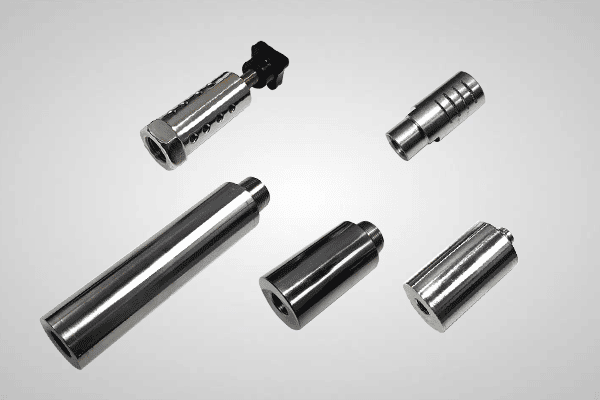
A vortex tube takes compressed air and literally splits it into a hot and a cold stream. The hot stream is normally exhausted at one end (the hot end exhaust) into the atmosphere, and the cold stream is used for spot cooling. The exhaust air creates noise at both the hot end and the cold end, but the majority of the noise is at the cold end. Vortex tubes are sold separately and in packaged versions for a variety of applications – for tool cooling, for camera cooling and for cabinet cooling as major applications. In the packaged versions they typically utilize a sintered muffler at the hot end to reduce the noise from the hot end exhaust, similar to the sintered mufflers commonly used for cylinders and valves. The cold end typically uses a specially made muffler with sound absorbing material inside to absorb the noise generated by the exhausted cold air. This cold air does not go through this sound absorbing material (like the hot air does in the sintered material). Instead, the sound absorbing material is wrapped around the inside wall of a cylindrical piece attached to the cold end of the vortex tube. This is because the back pressure would be too great and would negatively affect the cold temperature if the sintered model is used for muffling. A proper cold end muffler also has a metal piece to hold the sound proofing material in place (the metallic piece normally has large holes or gaps to keep sound proofing materials effective). Most companies use plastic as the sound muting material, however Nex Flow uses special natural sound proofing material that is also fire resistant and is biodegradable. Although slightly more expensive – this makes our Hot and Cold End Muffler better at sound proofing and is far more environmentally friendly than plastic units.
When vortex tubes are purchased separately, a hot end muffler is available to be purchased separately (a sintered type) and the cold end muffler used in the packaged versions can also be purchased separately.
If the compressed air if properly filtered in advance, these hot and cold end mufflers should not need replacement. But it is wise to check annually for dirt or oil buildup on the mufflers or anywhere on the vortex tube unit to assess if replacement or cleaning is necessary and then check the filter system and repair or improve as necessary.
To reduce noise further either a flexible hose or plane plastic tubing can be used to convey the air to the point of use or to be distributed for cooling control panels.
Exhaust compressed air can be noisy, so it can either addressed by exhaust “design” as is done with air amplifying products or with mufflers of the type mentioned herein depending on the product.



